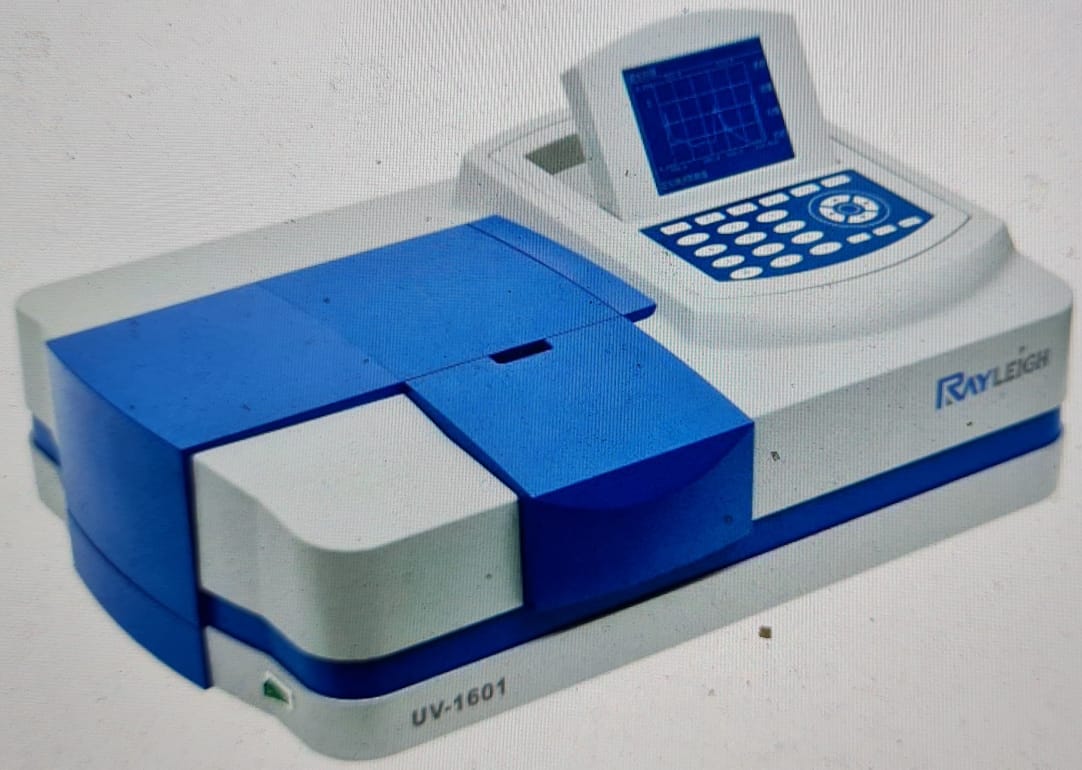UNAIR NEWS – Degenerative diseases have become the leading cause of death globally. WHO (World Health Organization) data in 2008 showed that of the 57 million deaths in the world, 36 million or nearly two-thirds were caused by degenerative diseases.
Degenerative diseases also kill people at a younger age. According to WHO, deaths from degenerative diseases are expected to increase worldwide. The most significant increase will occur in low and middle-income countries.
According to data from the 2018 Basic Health Research (Riskesdas), an epidemiological transition has shown that for five years (2013-2018) deaths due to degenerative diseases have increased, while deaths due to infectious diseases have decreased.
In terms of science and technology development, degenerative diseases can be prevented by developing and applying early detection systems using medical equipment and sensors. Such devices are used to detect biomarkers associated with degenerative diseases produced by the body.
Degenerative disease detector
To address those problems, the Sensors and Environmental Technology research group led by Dr. rer. nat. Ganden Supriyanto, M.Sc has developed a photometric sensor based on metal nanoparticles to detect degenerative diseases such as cancer and diabetes.
“Many research results revealed that sialic acid levels in the serum of cancer patients are generally higher than sialic acid levels in the serum of normal people. This increase can be found in various types of cancer, including malignant melanoma, breast cancer, ovarian cancer, cervical cancer, urogenital tract cancer, digestive tract cancer, lung cancer, liver cancer, urea cancer and leukemia,” he said on Friday, July 30, 2021.

Cancer biomarker research
Several studies, he continued, also revealed that the increase in serum sialic acid levels is in line with the severity of cancer and the tumor size. High levels of sialic acid in the serum of cancer patients can be used as a signal for the presence of cancer in a person’s body.
“Therefore, sialic acid is very potential as a biomarker of cancer. Biomarkers of degenerative diseases can be produced in the body in blood serum, saliva, urine, and exhaled gas,” added the head of the research group.
Ganden explained that the reaction of silver-chitosan nanoparticles with sialic acid at pH 6 results in an absorption peak at a wavelength of 563 nm (nanometers). The developed photometric sensor is capable of detecting sialic acid in a concentration range of 0.007 to 0.57 millimolar (mM) with a detection limit of 0.009 mM.
“The sensor accuracy and precision values are 93.35 to 101.47 percent and 2.27 to 6.63 percent, respectively. This method has also been successfully tested for sialic acid analysis in blood serum samples with a recovery percentage of 98.84 – 105.2,” he explained.
Diabetes biomarker research
Ganden said that the research group also developed early detection of diabetes with a biomarker of acetone in exhaled gas. The most common biomarkers for diabetes are blood glucose, methyl glyoxal, and HbA1c.
Several research results, he said, revealed that the level of acetone in the exhaled gas of diabetics is generally higher at (126±30) ppbv (parts per billion volume), while in healthy people is (28±4) ppbv. Furthermore, the increase in acetone levels is reported to be directly proportional to the increase in blood glucose levels.
“The average acetone level in the urine of diabetics is 555.6 mg/L (milligrams per liter), while the average acetone level in healthy people is only 20 mg/dL (milligrams per deciliter). Based on the results of this study, we can conclude that acetone can be used as a biomarker in the detection of diabetes,” he explained.
Ganden explained that the reaction of L-cysteine capped silver nanoparticles with acetone at pH 5 results in an absorption peak at a wavelength of 585 nm. The developed photometric sensor is capable of detecting acetone in a concentration range of 0 to 8 mg/L with a detection limit of 0.6 mg/L. The sensor accuracy and precision values are 93.21 to 104.85 percent and 2.74 to 3.82 percent, respectively.
Further research
Ganden said that further research will focus on other types of degenerative diseases, nanoparticles, and capping agents. Sensors showing promising results will be continued towards the production of sensor device prototypes.
“It can be in the form of a sensor stick in the lateral flow immunoassay format or in the form of a simple photometric sensor whose readings are digital,” he concluded. (*)
Author: Asthesia Dhea Cantika
Editor : Binti Q. Masruroh (YA/AP)





